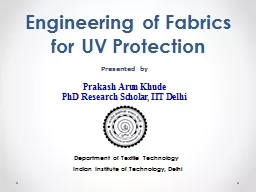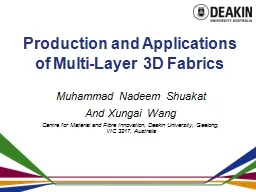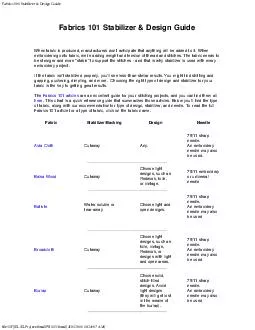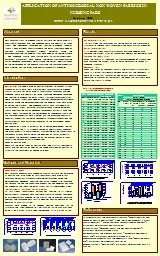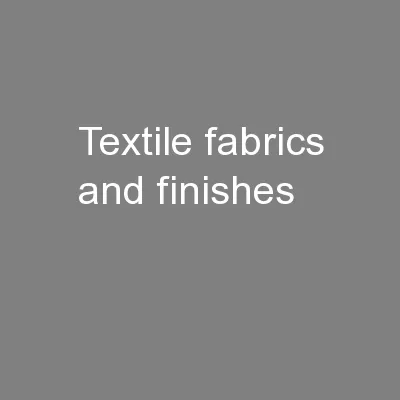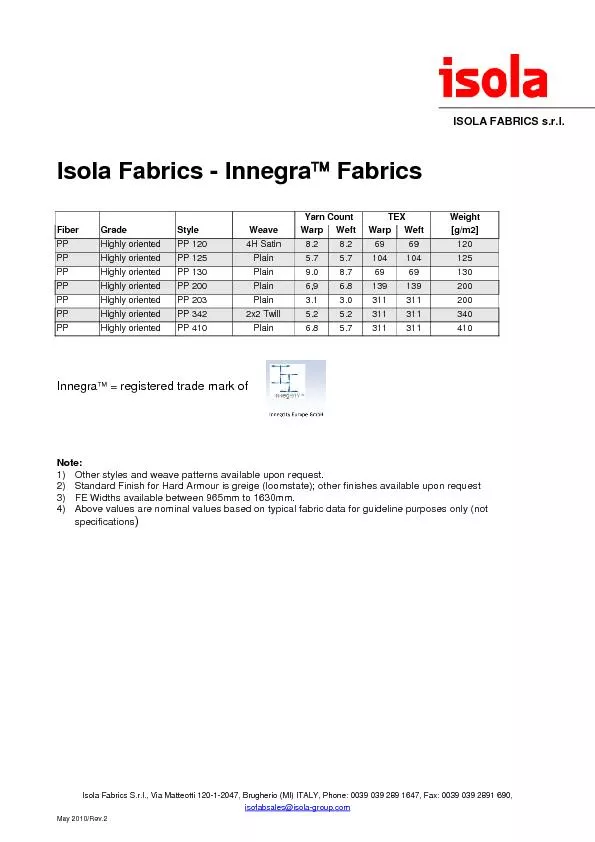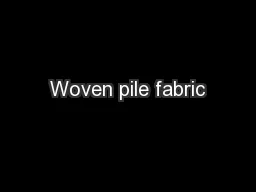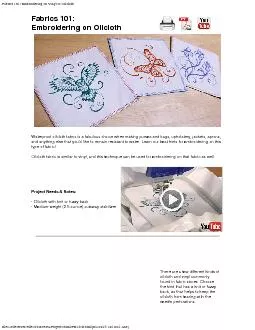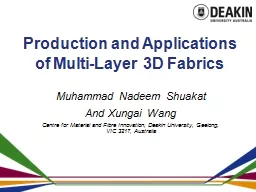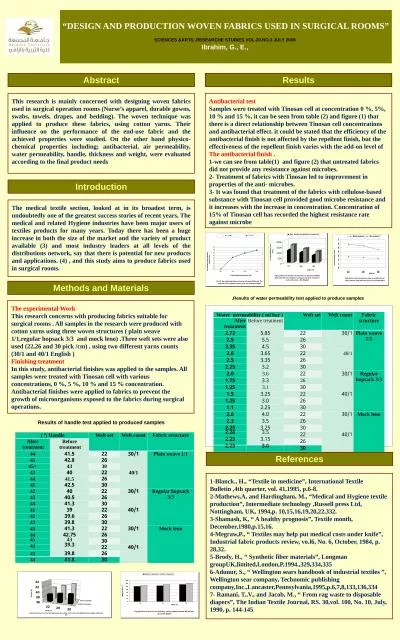PPT-Engineering of Fabrics for UV Protection
Author : natalia-silvester | Published Date : 2017-12-08
Presented by Prakash Arun Khude PhD Research Scholar IIT Delhi Indian Institute of Technology Delhi Department of Textile Technology Introduction Light is very
Presentation Embed Code
Download Presentation
Download Presentation The PPT/PDF document "Engineering of Fabrics for UV Protection" is the property of its rightful owner. Permission is granted to download and print the materials on this website for personal, non-commercial use only, and to display it on your personal computer provided you do not modify the materials and that you retain all copyright notices contained in the materials. By downloading content from our website, you accept the terms of this agreement.
Engineering of Fabrics for UV Protection: Transcript
Download Rules Of Document
"Engineering of Fabrics for UV Protection"The content belongs to its owner. You may download and print it for personal use, without modification, and keep all copyright notices. By downloading, you agree to these terms.
Related Documents

